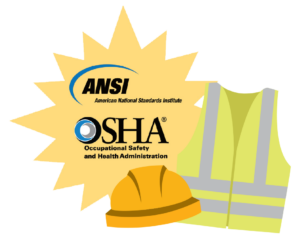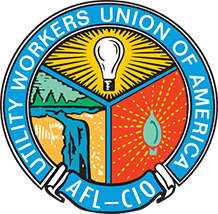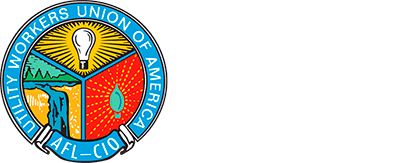
I’m happy to share two important developments in the safety arena that will have long-term benefits for UWUA members. First, UWUA now has a voice in the four key areas of the American National Standards Institute (ANSI) safety standard setting committees. Second, OSHA recently amended its rules to allow workers to choose their own advocate in incident investigations.
ANSI
The American National Standards Institute’s committees are responsible for establishing safety standards in various domains. I, along with the three UWUA National Safety Committee sector sub-chairs Brian Hannon (electric), Ronnie Brooks (water) and Will Breton (gas) now have official roles in shaping ANSI standards that directly impact the safety and well-being of our fellow workers across the utility industry. We’ll bring UWUA experience and expertise to the ANSI standards committees for fall protection (Z359), confined space (Z117), lockout/tagout (Z244), and safety management systems (Z10) — pivotal areas where UWUA expertise and input can make a significant difference in enhancing worker safety and preventing workplace incidents.
ANSI standards serve as benchmarks for safety best practices. UWUA’s contributions to these committees enables the incorporation of industry-leading practices, innovative technologies, and emerging trends into the standards framework, raising the bar for safety excellence within our industry. By actively participating in ANSI committees, we’ll have a unique opportunity to advocate for the safety needs and concerns of utility workers.
Our firsthand experience and insights into the challenges faced in the field can contribute significantly to the development of comprehensive and effective safety standards. UWUA involvement ensures that ANSI standards remain relevant, practical, and tailored to the specific needs of utility workers. We’ll provide valuable input on real-world scenarios, equipment limitations, and operational constraints, helping to bridge the gap between theory and practice.
ANSI standards development relies on collaboration and consensus-building among stakeholders. With UWUA representation, we’ll play a crucial role in fostering dialogue, resolving conflicts, and reaching consensus on key safety issues, ultimately driving the adoption of standards that benefit all workers.
Finally, UWUA participation in ANSI committees strengthens the voice of unionized workers in shaping national safety standards. By actively engaging in these forums, we’ll assert our union’s commitment to prioritizing safety, advancing worker interests, and promoting a culture of accountability within the industry.
New OSHA Rule
In March, the Occupational Safety and Health Administration (OSHA) amended its Representative of Employers and Employees regulation to broaden workers’ right to choose who represents them during safety inspections, overwriting an old standard that required the representative to be a fellow employee. This amendment opens the door for outside representatives such as those from the worker’s union.
OSHA also clarified that a third party may be reasonably necessary because of their relevant knowledge, skills, or experience with hazards or conditions in the workplace or similar workplaces, or language or communication skills. OSHA concluded that these clarifications aid its workplace inspections by better enabling employees to select representatives of their choice to accompany the OSHA compliance safety and health officer (CSHO) during a physical workplace inspection. Employee representation during the inspection is critically important to ensuring OSHA obtains the necessary information about worksite conditions and hazards.
UWUA submitted comments in support of this change, emphasizing the benefits of third parties’ industry-specific expertise. For example, we noted that, in recent years, the UWUA provided a walkaround representative in numerous incidents that have proven the difference between a fair investigation and one that unfairly weighs in the employer’s balance. We described one inspection in Pennsylvania involving the death of an overhead lineman who had been working with a crew operating a bucket truck when that truck unexpectedly rolled downhill and overturned in the road. UWUA explained that the National union’s representative was able to inform the CSHO about technological and work practice changes in the industry, including the use of an inclinometer, that were not immediately apparent even to the workers themselves due to inadequate training. OSHA’s inspection benefitted from the National union representative’s industry-specific expertise.

